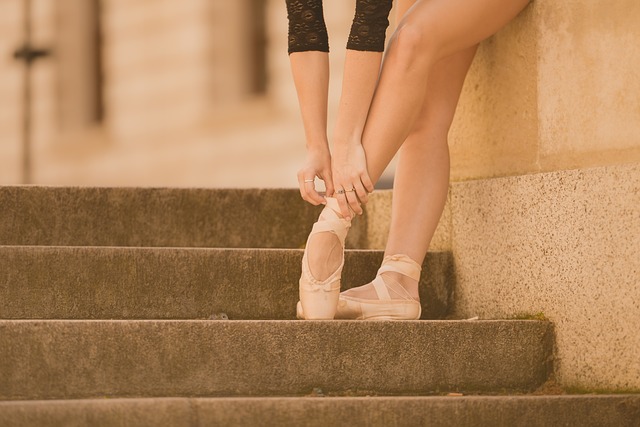 Now students are well and truly stuck into their autumn term, ballet teachers may want to introduce pointe work to regular ballet classes, taking into consideration the strength and ability of their dancers. It is essential pointe shoes are fitted correctly by an experienced and reputable fitter, especially if the dancer’s feet are still growing. The feet should be adequately supported in the shoes and suit the shape and flexibility of the foot.
Now students are well and truly stuck into their autumn term, ballet teachers may want to introduce pointe work to regular ballet classes, taking into consideration the strength and ability of their dancers. It is essential pointe shoes are fitted correctly by an experienced and reputable fitter, especially if the dancer’s feet are still growing. The feet should be adequately supported in the shoes and suit the shape and flexibility of the foot.
Before young dancers begin pointe work, they must achieve an adequate amount of strength and mobility in the feet. This will mean they are working with correct technique and this also works to prevent injury. Teachers therefore have a responsibility to guide the students before and while they are attempting pointe work, educating the dancers in how to improve strength ‘en pointe’ and how to articulate the foot properly to avoid incorrect technique.
It is important to note that working in the correct way means pointe work can be pain free. Whether the dancer wearing pointe shoes is a professional or a beginner, a significant amount of pain when on pointe indicates that there are problems that need to be rectified, whether it is to do with the shoe or the technique. Naturally ballet dancers must work hard in pointe shoes, and a teacher is paramount to this process.
To prolong the enjoyment of pointe work it is equally as important to look after both the feet and shoes, otherwise dancers could risk blisters, ingrown toenails and fungal infections. Toe pads should be dried out properly and washed frequently as dancers sweat a lot through their feet and this may soften the glue, which weakens the shoes. Always dry out shoes thoroughly between each use to ensure they are as healthy as the feet within them.
